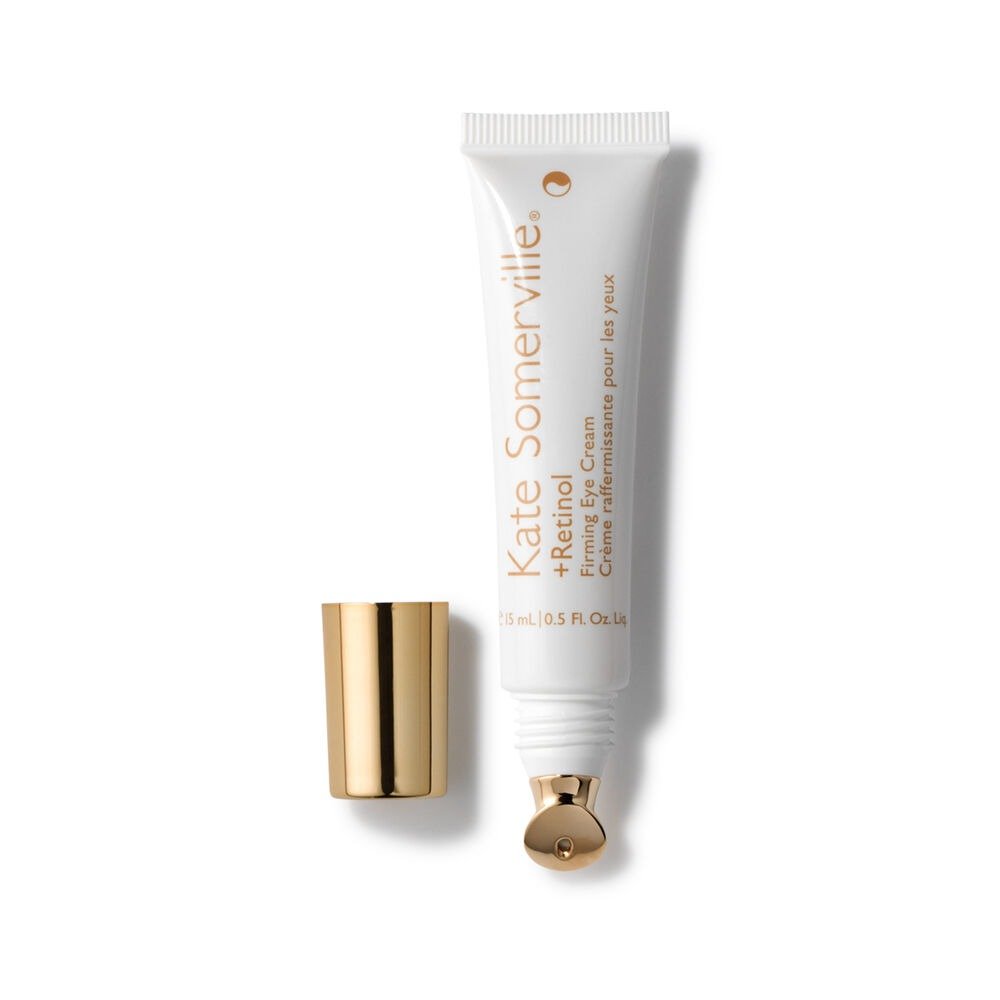The Under Eye: A Gentle Guide
It begins in the mirror, in soft morning light. That brief, unfiltered moment when we study our reflection before the rituals begin. For many, the eyes draw focus, not for their hue or sparkle, but for the delicate skin beneath them. This sliver of space, as poetic as it is pragmatic, betrays more than just fatigue. It tells of joy and sorrow, of years well-lived and of sunlit holidays. The under-eye area, slender and expressive, is often our most honest feature.
As we smile, frown, and contemplate, these micro-movements trace gentle etchings upon the skin. This is where gravity whispers its influence. The periorbital region (so fragile, so mobile) ages with quiet persistence. But far from a call to arms, this is an invitation: to understand, to care, and perhaps to age not “gracefully,” but consciously, intentionally.
The Nature of the Beast
There is a certain humility in accepting that time alone is a master sculptor. With age, collagen wanes, elasticity falters, and the scaffolding beneath our skin subtly recedes. Yet it is not just time’s passage we must thank. The sun, ever generous with its warmth, is less forgiving with its UV. That tiny projection of cheekbone (so aesthetically pleasing) also places the under-eye skin in direct line of fire.
Add to this our natural inclination to emote. The fear of smiling, in fear of lines, is perhaps the saddest cosmetic irony. Facial expressions are not merely motions, they are humanity etched onto flesh.
Then there’s hydration, or lack thereof. Despite the social media oversimplification, it remains true: dehydration manifests most tellingly beneath the eyes. The skin becomes fine, crepey, and fragile, its texture betraying nights of revelry, long-haul flights, or forgotten glasses of water. Genetics, too, has its quiet say. Some are simply more blessed with robust dermal architecture, while others must work a touch harder to maintain integrity. Finally, lifestyle (those late nights, the cocktails, the cigarettes) carves its mark as surely as a sculptor’s chisel.
So, what to do when the mirror begins to whisper these truths back at us?
The Product of Knowledge
Start with familiarity. Retinol, that storied derivative of Vitamin A, remains the gold standard for fine lines. Its reputation is not unwarranted: it encourages cellular turnover, thickens skin, and gently presses the pause button on aging. But it is not without its challenges. The skin around the eyes is notoriously delicate. Here, restraint is not only elegant, it is essential.
The key lies in form and formulation. Enter Kate Somerville’s Retinol Eye Cream, with its metal-tipped applicator, cooling, precise, and indulgent. At $98, it leans luxurious, but a single tube promises to last months, a whisper of product going far.
For those seeking a gentler entry, No7’s Pure Retinol Eye Cream at $30 is refreshingly democratic. It eschews hyaluronic acid for simplicity and pairs well with sensitive skin. Also in this tier is RoC’s Retinol Correxion Eye Cream, a pharmacy classic with a loyal following, priced similarly.
If budget is paramount, The INKEY List offers a no-frills retinol eye cream for just $14, hyaluronic acid included. Its lightweight texture makes it an ideal starting point for retinol novices.
For more seasoned users, layering becomes key. One may cushion retinol with a balm (perhaps a touch of Vaseline) buffering the potential sting without dulling the efficacy. And always, always keep application to the orbital bone. The upper eyelid, lacking in dermal support, is best left untouched.
The Quiet Power of Peptides
If retinol is the long game, peptides are the daily discipline. Enter Argireline, sometimes referred to as "Botox in a bottle." Known scientifically as acetyl hexapeptide-8, this compound inhibits muscle contractions, softening the emergence of lines. While its effects are only present during use, they are nevertheless visible. The Ordinary’s Argireline Solution 10% is a standout, and at a mere $9, it’s a minimalist’s dream.
For those seeking something richer in complexity, look no further than Matrixyl 3000. A storied peptide complex comprising palmitoyl tripeptide-1 and palmitoyl tetrapeptide-7, it does more than smooth. It coaxes collagen to awaken, invites hyaluronic acid to rise, and soothes the invisible inflammation of daily life.
The ideal vessel? Peter Thomas Roth’s Peptide 21 Wrinkle Resist Eye Cream. At $75, it elegantly merges both Argireline and Matrixyl, short-term softness with long-term strength. It is skincare that understands the value of duality.
Of Hormones and Holistic Curiosity
For those navigating perimenopause, a liminal space of hormonal ebb, there exists a lesser-known ally: estriol, a gentle form of topical estrogen. Used off-label in eye-area creams, often blended with aloe and glycerin, it can restore hydration and elasticity in skin that suddenly feels foreign.
This is not an over-the-counter affair. It requires thoughtful compounding, medical insight, and a recognition that aging is as much internal as it is external. It’s a subject to broach with your physician. Not a panacea, but a pathway.
Beyond the Bottle
For those inclined to explore beyond the vanity shelf, in-office treatments offer a range of refinements. But here, too, balance reigns.
Botox, when overused, can flatten the face into blankness. But when diluted (a hyper-light mist rather than a mask) it lends a gentle pause to the muscles. Think of it as punctuation: not a period, but a comma. A short break in expression that gives the skin time to regenerate without losing its eloquence.
Fillers and collagen stimulators, like Sculptra, are best deployed with nuance. Skin boosters like SkinVive can create a taut surface without bulk, while Sculptra’s diluted injections coax the skin into restoring its own inner architecture. The goal is not to fill, but to fortify.
Then comes the elegant alchemy of PRP (Platelet-Rich Plasma) and its cousin PRF (Platelet-Rich Fibrin), treatments drawn from one’s own blood. PRP offers immediate brightness; PRF delivers a slower, sustained rejuvenation. Think of it as fertiliser for the face. If your skin responds (and not everyone’s does) it becomes an investment in yourself that yields subtle, yet striking returns.
Marrying these techniques with microneedling or radiofrequency heat compounds the effect. Here, controlled trauma is a strategy, an invitation for skin to rebuild itself stronger, denser, more luminous.
The Patience of Practice
There is no miracle. No single cream, no solitary needle, no clever peptide that holds the secret. The art of under-eye care is made of rituals, small decisions, and occasional indulgences.
It is understanding that your face is a story, and the eyes its most tender chapter. It is opting, perhaps, for a serum over a surgery, a retinol over resignation. And above all, it is accepting that aging is not a flaw to be corrected but a form to be shaped, with intelligence, with intention, and with an unwavering eye for beauty in all its quiet forms.
So, in that soft-lit moment each morning, as the mirror offers you its truth, meet your gaze not with critique, but with care. And begin. Gently.



















